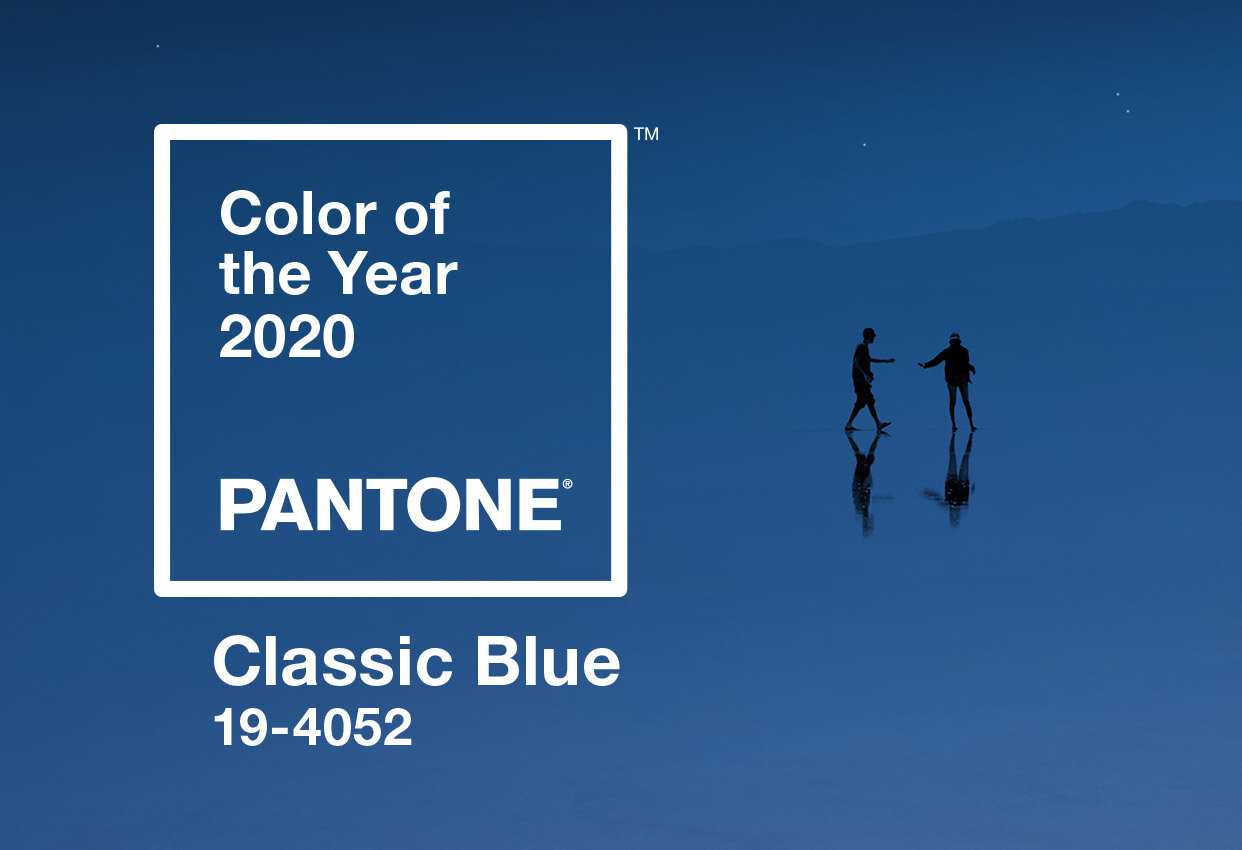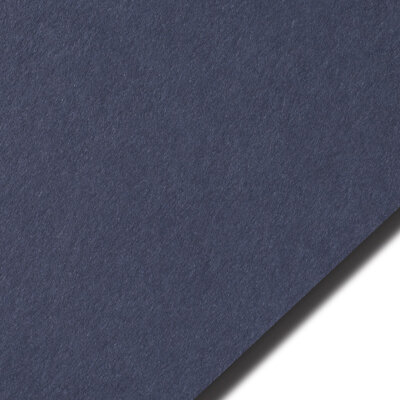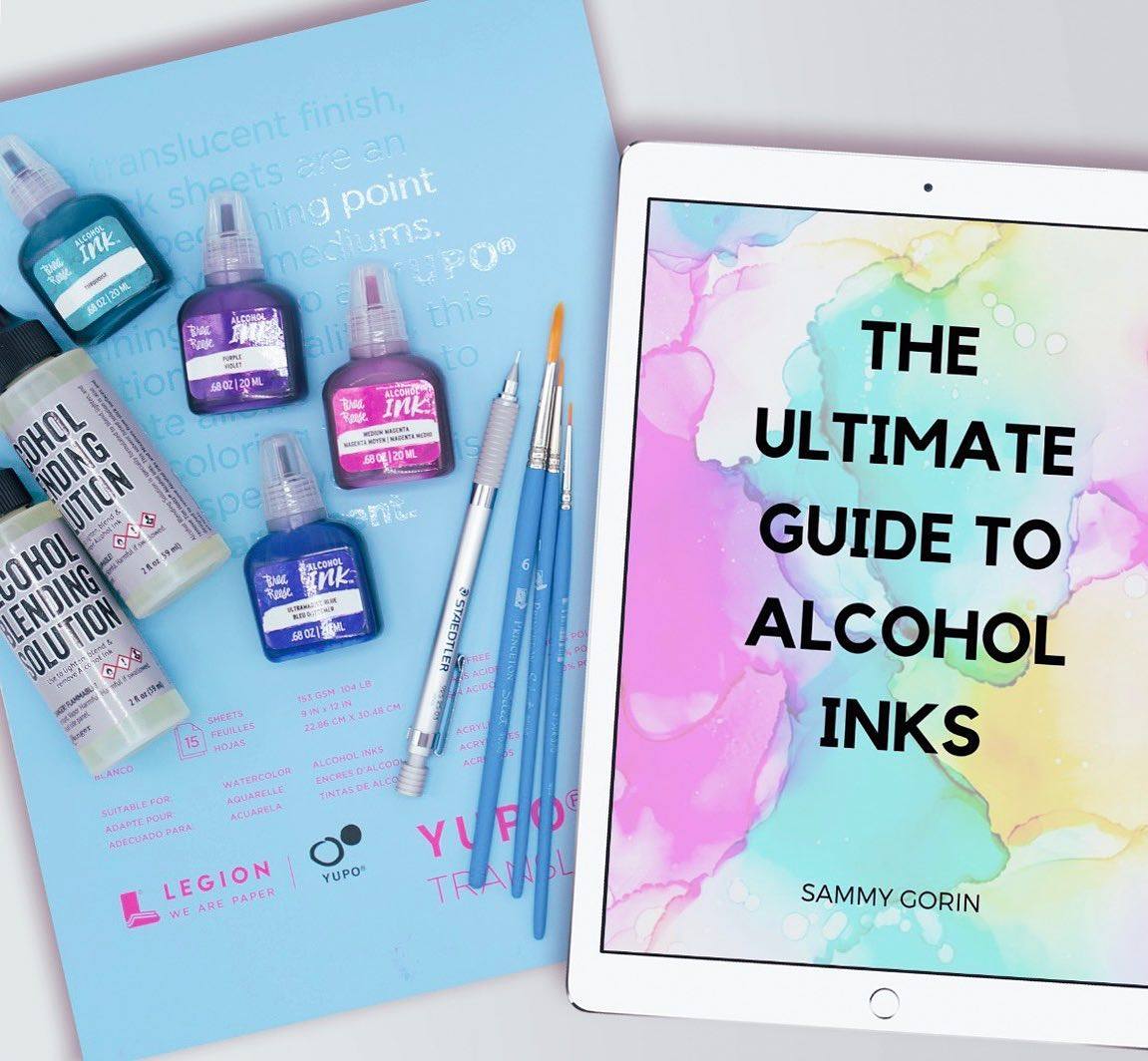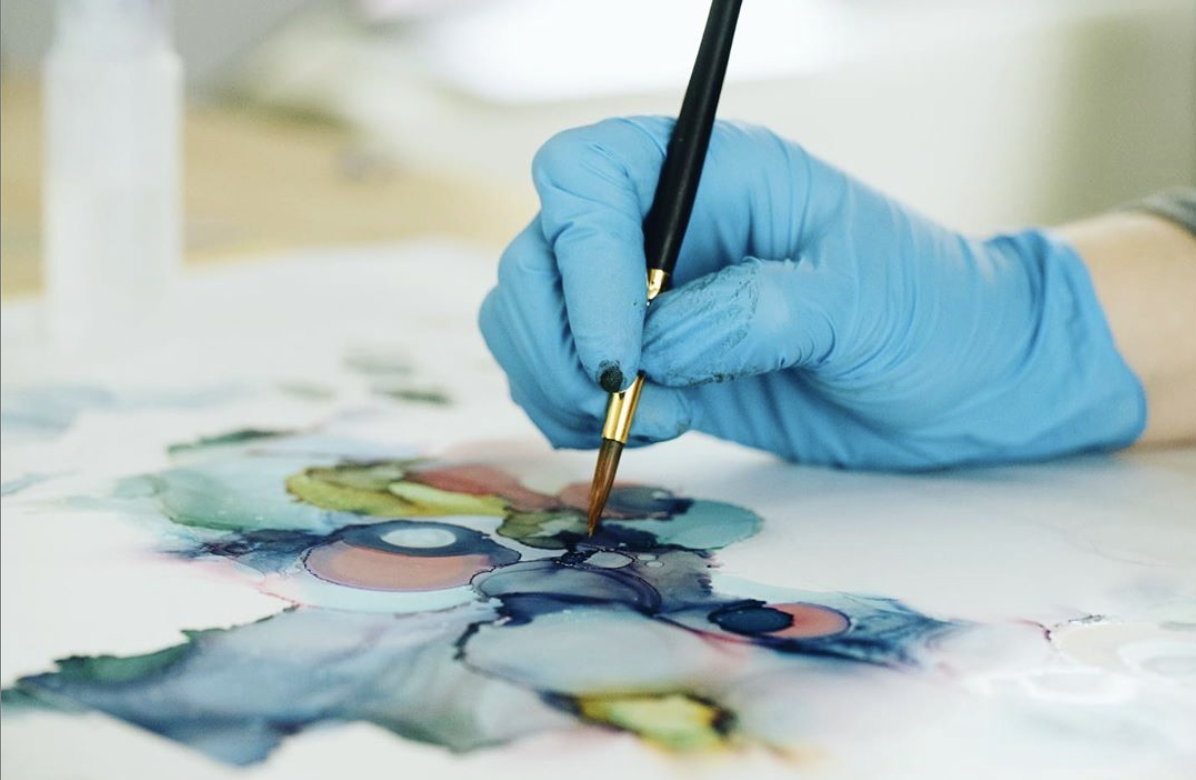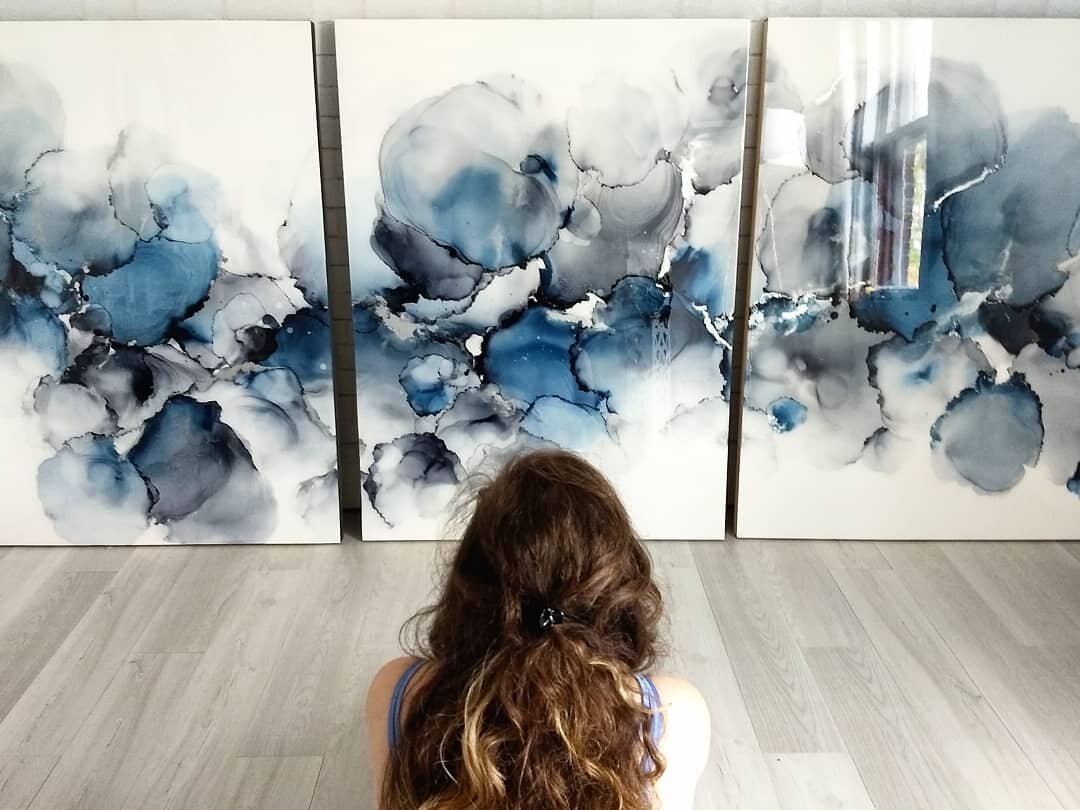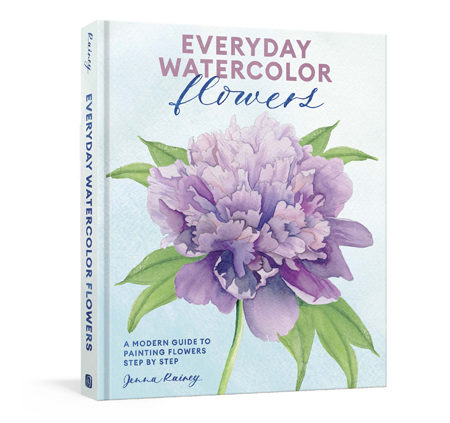Crystal Wagner is an interdisciplinary artist creating incredible works of art from paper sculptures to installations surrounding castles. She combines 2-dimensional and 3-dimensional works of art using a variety of materials, including Stonehenge Paper, and techniques.
Tell us about yourself and your work. Where did it all begin?
I am an interdisciplinary artist. My practice spans a broad spectrum of medium and processes. I'm interested in what people are capable of with their hands and their imaginations. I grew up in a small suburb of Baltimore, Maryland and then around age 12 moved to rural Pennsylvania. After five years of being a college professor, I left academia to dedicate my time fully to my studio practice. This has given me some of the most incredible opportunities.
What is your style? What are the different types of work you do? How do the installations, domes, screenprints and drawings relate?
The way I understand style is that it is an individual's vocabulary- their own personal visual language. It's developed through their life experiences, their sensibilities, and their preferences. In my experience, I have always been interested in the relationship between the artificial world and the organic one and a deep love and fascination with ecology. When I am not in the studio, I am usually hiking. I try to drink deeply the world around me. This interest and curiosity, manifests itself differently in each of my bodies of work, and while the difference is usually in scale and material, the stylistic emphasis is always the same.... make something exotic, otherworldly, yet something familiar.
What are the different materials you use for your work?
When I was a college professor, I used to tell my students that being an artist is a way of seeing and thinking as well as making. It's a tool to communicate your distinct experience with the world to others. I personally don't want to be relegated to one mode of making when it comes to my voice. The interior installations are recycled birthday party table cloth, the exterior installations are hot air balloon fabric and the small sculptural works are paper. Each material’s suited for the distinct conditions of their environments.
Stonehenge is the perfect paper for my paper sculptures. I need something that is archival, stiff and flexible. It's thick and durable and can handle all the ink I use and holds it's form beautifully when it is manipulated sculpturally.
What’s the process like creating the hemispheres?
I work intuitively with all of my work. Each piece is a conversation I am having with the work. Similar to the large-scale installations and the drawings... I make a gesture and respond. The gesture in the case of the paper sculptures is made with wire. Then I cover the armature in paper. The biomorphic paper sculptures require a lot of tedious work. I hand cut every petal with an exacto knife and hand print all of the paper to get create the colors. Ultimately it's about trust. Trusting that every time I put a shape on the piece, that it will provoke me to put another and then another, until finally, it doesn't and the piece is done.
What’s your favorite piece?
Yikes! I don't have one yet. I probably never will. The thing about being a generator is that creating is a continuum. I'm never working towards an end, just a different moment in the work, a different spot in the evolution to breathe and then it keeps going, keeps growing. With each moment, I learn something new about my language and my particular emphasis in the time in my life.
What’s next to look forward to?
I'm currently my studio in Los Angeles, CA working on new paper sculptures for the Urban Art Fair this spring in Paris and my solo exhibition with Galerie Openspace also in Paris.





